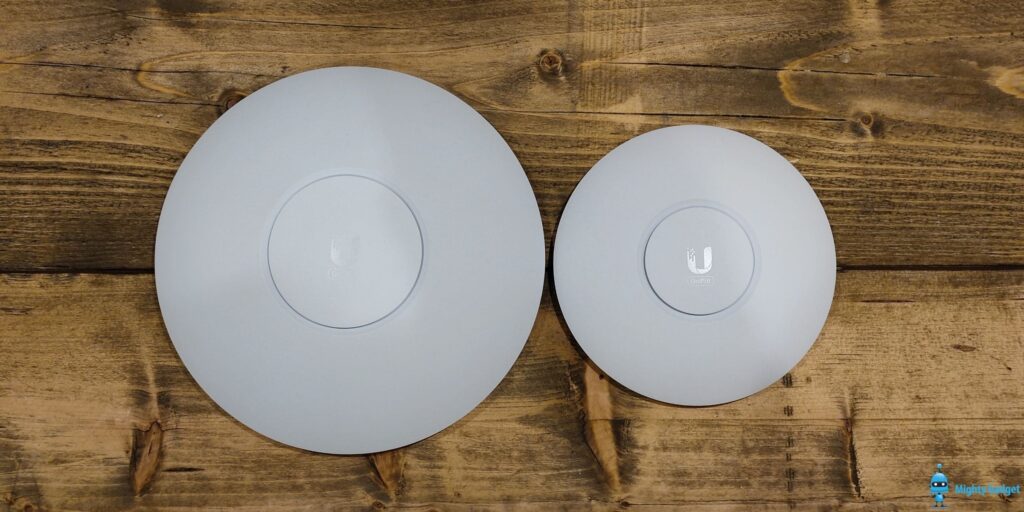
So, you’ve decided to convert your loft into a functional living space. Exciting! But before you get started on this renovation project, it’s crucial to set a budget to ensure that you can afford the costs involved. In this guide, we’ll take you through a step-by-step process to help you budget effectively for your loft conversion.
Understanding Loft Conversion Costs
The first step in budgeting for your loft conversion is to understand the costs involved. The cost of a loft conversion can vary depending on various factors, including the size of your loft, the type of conversion you want, and the materials you choose. On average, a loft conversion can cost anywhere from £20,000 to £60,000, but this can increase depending on your specific requirements.
Key Factors Affecting loft conversion cost:
- Size of the loft
- Type of conversion (e.g., dormer, hip-to-gable, mansard)
- Roof structure
- Insulation requirements
- Windows and skylights
- Electrical and plumbing work
Setting Your Budget
Now that you have an idea of the potential costs involved, it’s time to set your budget. Start by determining how much you can afford to spend on your loft conversion project. Consider your savings, any available financing options, and any potential increase in your home’s value post-conversion.
Tip: It’s advisable to set aside a contingency fund of around 10% of your total budget to account for any unexpected costs that may arise during the project.
Getting Quotes
To get a better understanding of the costs involved in your loft conversion, it’s essential to get quotes from multiple contractors. Research local loft conversion specialists and request detailed quotes that outline all the costs involved, including materials, labor, and any additional services.
Question: How can I ensure I’m getting accurate quotes for my loft conversion project?
Answer: To ensure you’re getting accurate quotes, provide detailed information about your loft space, your requirements, and any specific features you’d like to include. Be clear about your budget limitations to avoid any surprises later on.
Prioritizing Your Needs
Once you have a better idea of the loft conversion costs involved, it’s time to prioritize your needs. Consider what you want to achieve with the conversion and prioritize essential features within your budget. This could include additional living space, a home office, a guest bedroom, or a bathroom.
Tip: If you’re on a tight budget, consider starting with the essentials and adding more features later on as your budget allows.
Tracking Your Expenses
Throughout the loft conversion process, it’s crucial to track your expenses to ensure you’re staying within budget. Keep a detailed record of all costs, including materials, labor, permits, and any additional expenses that may arise.
Pro Tip: Consider using a budgeting app or spreadsheet to track your expenses and identify any areas where you may be overspending.
Final Thoughts
Budgeting for a loft conversion is essential to ensure that your project stays on track and within your financial means. By following this step-by-step guide and carefully considering the costs involved, you can plan and prepare for your loft conversion project effectively.
Ready to transform your loft into a beautiful living space? With the right budgeting strategy in place, you can make your loft conversion dreams a reality without breaking the bank. Happy renovating!
Remember: Proper budgeting is key to a successful loft conversion project!
The article should be divided into sections and formatted with lists and tables for a more engaging reading experience. It should provide practical tips and advice for readers on how to effectively budget for a loft conversion project. By following the step-by-step guide outlined in the article, readers will be better prepared to plan and execute their loft conversion within their budget constraints. Through the use of natural language and relatable examples, the article aims to provide valuable insights into the budgeting process for a loft conversion.








